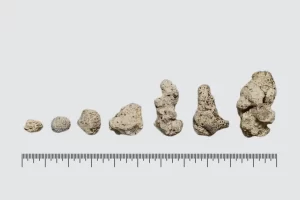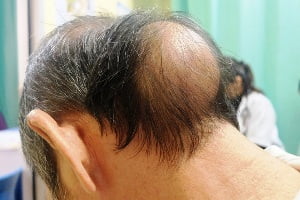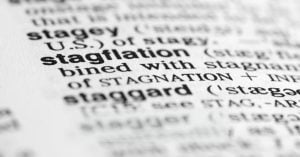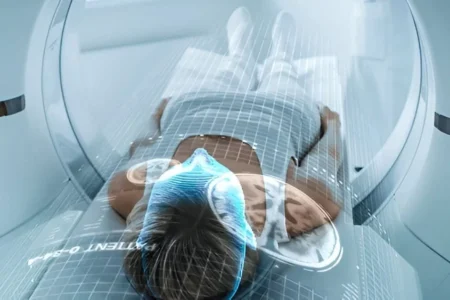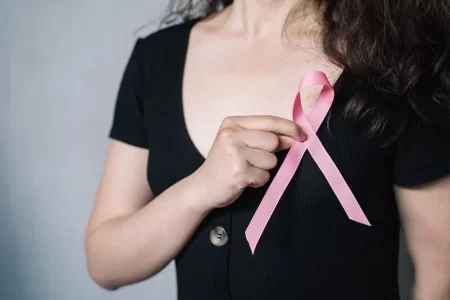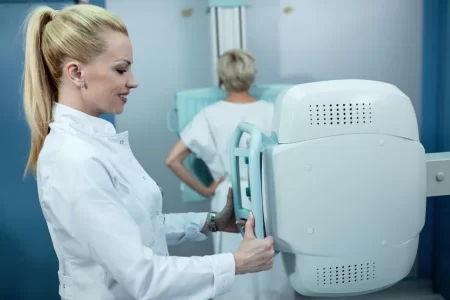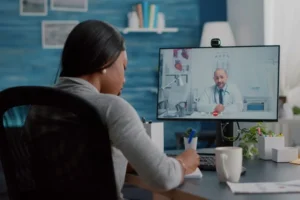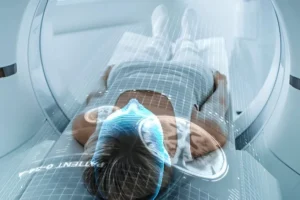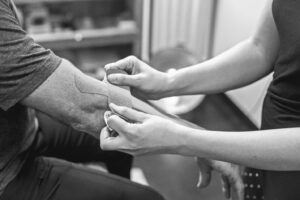Breast Cancer Lumps: Are they Painful?
- Updated on: Jul 24, 2024
- 3 min Read
By
- Published on Aug 16, 2018
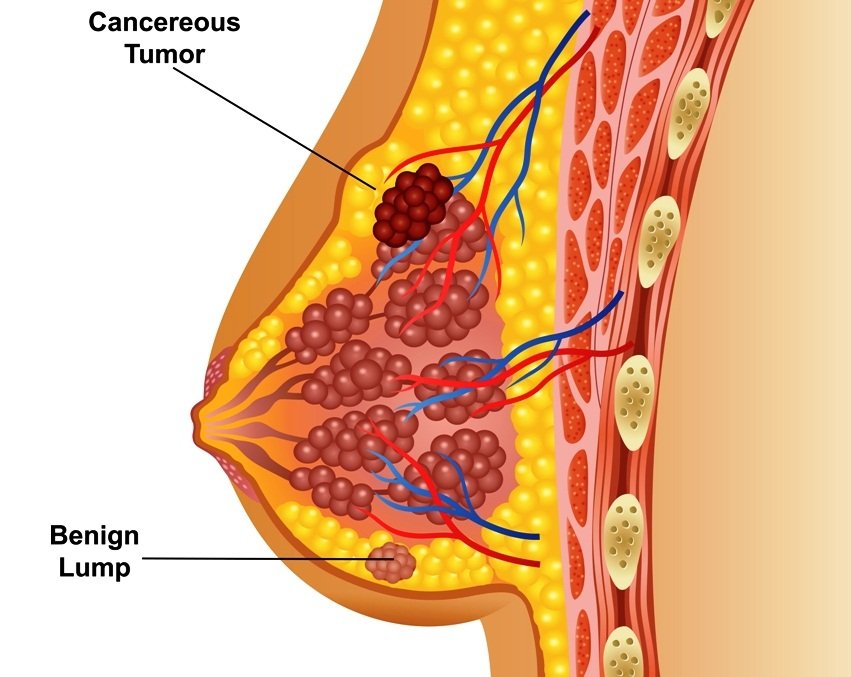
Lump in Breast
Women breasts are made up of fat, nerves, blood vessels, fibrous connective tissue, and glandular tissue. They also contain an intricate milk-producing system of lobules known as mammary glands (where the milk is made), and ducts (tubes that carry milk to the nipple). This complete structure itself creates a lumpy, uneven terrain.
Lump in breast is a little different from the normal lumpy terrain of a breast. A breast lump is a localized swelling, or bulge, or bump in the breast that feels different from the breast tissue around it. The bumps on the breast can be of two types:
- Solid and hard lump in the breast which is unmovable like a dried bean
- Moveable, soft and fluid-filled, rolling between the fingers like a grape.
The lump size can vary from millimetres (small lumps in the breast) to inches (large lumps in the breast).
What causes a lump in the breast?
Lump under breasts can be caused by different factors which may include:
- Infection
- Trauma
- fibroadenoma (non-cancerous breast tumor)
- Breasts cyst (benign and noncancerous fluid-filled sac in the breast)
- Fat necrosis (a pseudo-mass which may develop within the breast)
- Fibrocystic breasts (Non-cancerous changes that give a breast a lumpy texture)
- Breast cancer
Breast pain and lump
Breast pain and a lump in the breast is not a common combination. If breast pain is accompanied with the following, immediately contact the doctor:
- A large lump in the breast with bloody or clear discharge from your nipple
- A red lump on the breast with the onset of pain
- The pea-sized lump in the breast that does not go away after the menstrual period
- Persistent, unexplained breast pain
- Signs of a breast infection, including local redness, pus, or fever
Painful lump in breast: Do lump in breast hurts?
Breast cancer is not usually painful, especially in the early stages. Between 80 to 85 percent of all breast nodules are benign breast lumps. However, some malignant tumors include some lumps in the breast that hurt. Some characteristics of sore lumps in the breasts may include such as:
- These tumours are large
- They compress the other structures in the breast
- They ulcerate or grow through the skin
What does breast cancer lump feel like?
In general, breast cancer lumps may feel like:
- Irregular in shape
- Firm or solid
- might be fixed to the tissue in the breast
- Usually painless
However, in a small percentage of women, a painful lump in breast may turn into cancer.
More: Breast Pain: What Does It Indicate?
Where is breast cancer lumps usually found?
Breast cancer lumps can develop in any part of the breast or nipple, but they are most common in the upper outer quadrant of the breasts. Lumps on side of the breast are also reported.
Lumps can be found in any breast. Some women may find a lump in the left breast and others may have a lump in the right breast.
Finding a lump in the breast
It is important for women to be familiar with their body so that any uncommon condition can be diagnosed quickly. Knowing how the breasts normally feel can help to find any problematic changes or lumps in your breast. Self-examination can help a lot to find out any such bumps in the breast. The steps of a self-examination procedure may include:
Step 1: Look in a mirror, check the size, shape, and colour of the breast and look for visible swellings or lumps
Step 2: Raise the arms and repeat the step 1.
Step 3: Check for any watery, milky or yellowish discharge or any bleeding from the nipples.
Step 4: Lie down and feel the breasts with a firm and smooth motion, including under the arms and down to the ribcage.
Step 5: Repeat step 4 while standing or sitting. It may be easier in the shower.
Step 6: Even though most breast lumps are benign, anything unusual should be immediately checked by a doctor.
However, it is impossible to tell by touch whether a lump is a breast cancer or not. The only way to be certain that a lump is not cancerous is to have a breast lump biopsy. There are several ways to perform the biopsy. Types of biopsy studies include:
- Fine needle aspiration
- Core needle biopsy
- Excisional biopsy
See also: Early Signs and Symptoms of Breast Cancer
See also: Breast Cancer Diagnosis and Early Detection
After finding a breast lump
Lump in breast, whether big or small, tender or painless should be evaluated by a medical professional. After evaluating the lump, he can help you decide how to proceed. Most benign breast conditions are treatable, and some will even go away on their own. But it’s best to let the doctor be the one to tell what to do.
